“Kids’ Table” STEM Centerpiece: Thanksgiving Catapults!
- Gabrielle Fischer Posted On Oct 28, 2022 | STEM
This is a demo store. No orders will be fulfilled.



Discover the possibilities Gears! Gears! Gears! brings to your early STEM curriculum. Aligned to CSTA standards, these printable classroom activities from STEM.org will help your little learners discover the world of engineering games as they discover endless building possibilities.
Click here to download your STEM.org Gears!Gears!Gears! Mini-Lesson One

Click here to download your STEM.org Gears!Gears!Gears! Mini-Lesson Two

Click here to download your STEM.org Gears!Gears!Gears! Mini-Lesson Three

Click here to download your STEM.org Gears!Gears!Gears! Mini-Lesson Four

Discover the possibilities Gears! Gears! Gears! brings to your early STEM curriculum. Aligned to CSTA standards, these printable classroom activities from STEM.org will help your little learners discover the world of engineering games as they discover endless building possibilities.
Click here to download your STEM.org Gears!Gears!Gears! Mini-Lesson One

Click here to download your STEM.org Gears!Gears!Gears! Mini-Lesson Two

Click here to download your STEM.org Gears!Gears!Gears! Mini-Lesson Three

Click here to download your STEM.org Gears!Gears!Gears! Mini-Lesson Four

Each family in the United States has found themselves at home…for a while. All this time has afforded us precious hours to do things we might not otherwise do. At Learning Resources, our minds turn toward STEM, and all the long-term experiments we might have put on the back burner simply due to a of lack of time.
Below are a few overnight experiments that take a while. But hey – time is on our side!
How can you make an egg stay fully intact without its shell? The answer is (to this and many things): science!
You will need:
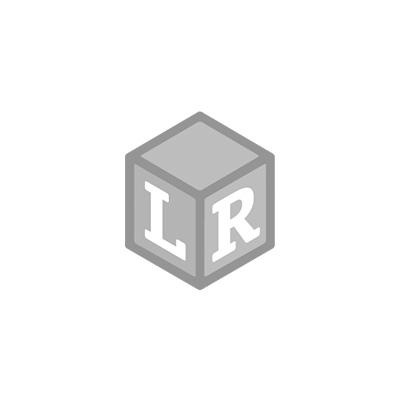
All you have to do is drop the eggs in, one per cup, and pour in the vinegar. The egg should be completely covered with the liquid. It’s okay if the egg floats a bit.
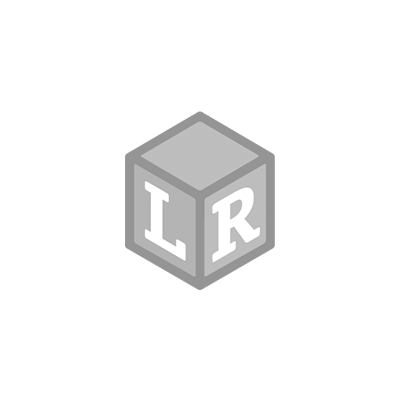
A chicken egg shell is made up of calcium bicarbonate. The acid makeup of the vinegar begins to react with the calcium of the egg shell. After just a short while, you will see bubbles appearing on the outside of the egg. This is carbon dioxide gas as a result from that reaction.
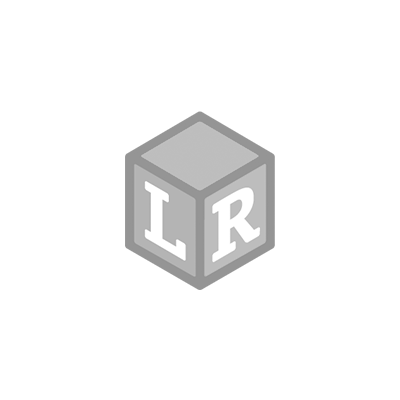
But now comes the hardest part: the waiting. It can take 12-24 hours before a good portion of the shell is removed. More bubbles and froth will appear.
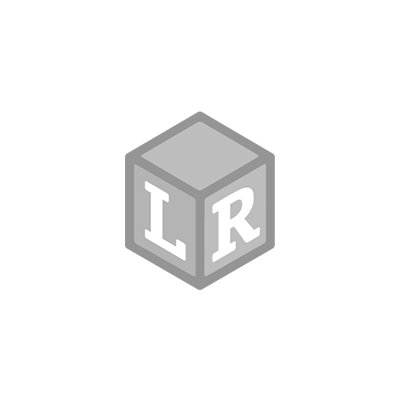
After the day of soaking, carefully remove the egg from the vinegar. The egg was soft, but still had a white, powdery coating. You can scrape it off, but with the egg being so delicate, it might break. Be careful!
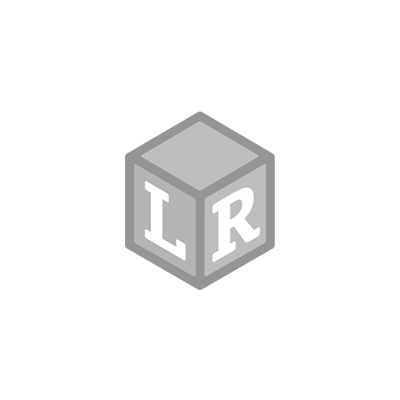
We used a flashlight to find the yolk in the dark. The egg glowed something awesome, but the yolk was hard to pinpoint.
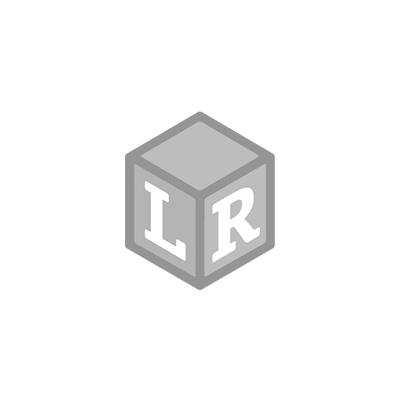
So we poured some fresh vinegar in the cup, and soaked it for another 12 hours.
The egg came out the next morning very rubbery and fragile. We slipped the naked egg into a cup filled with corn syrup and let that soak overnight. The results were amazing! Because the corn syrup has very little water content and the egg does, the water inside the egg begins to move across the membrane (“skin” layer) and starts to equalize. What’s left is a very baggy egg.
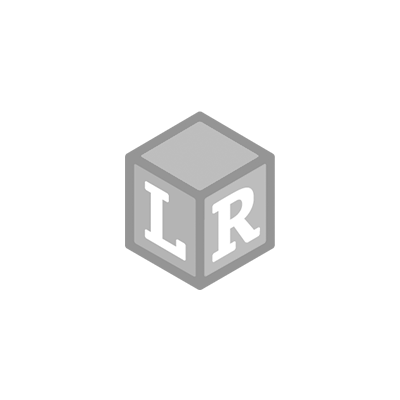

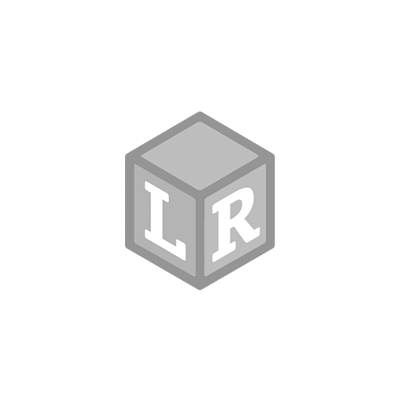
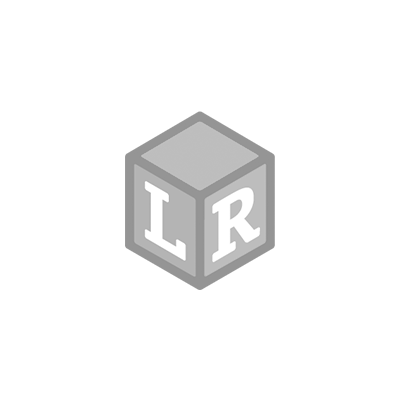
While you are grabbing essentials at your local big box store, why not grab a bouquet of fresh flowers? Creating your own rainbow bouquet can be turned into a fragrant scientific experiment over the course of a few nights. A trick often used by florists, dyeing white roses or carnations with colored water is actually an example of capillary action, or the ability of a liquid to flow in narrow spaces against gravity.
What you will need:
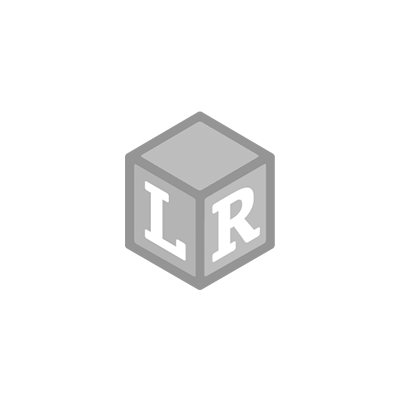
Remove all the leaves from the stem of the flower. The experiment is to see how the colored water will travel to the white petals, so you don’t want water diverted to the leaves.
Once the roses are clean, have an adult snip or cut them with a knife at an angle, leaving about 6-7 inches (adults only!).
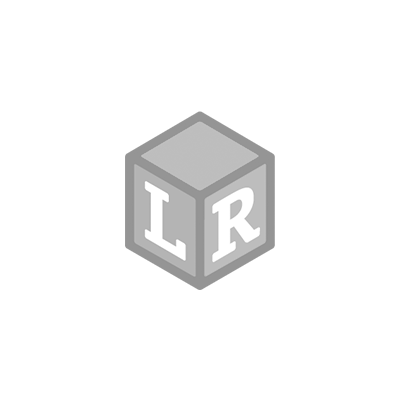
Next, stir up the liquid your flowers will be drinking for the next few days. Decide on your colors and place about 10-15 drops of food coloring in each container. Add warm tap water until the containers are about halfway full. Stir well!
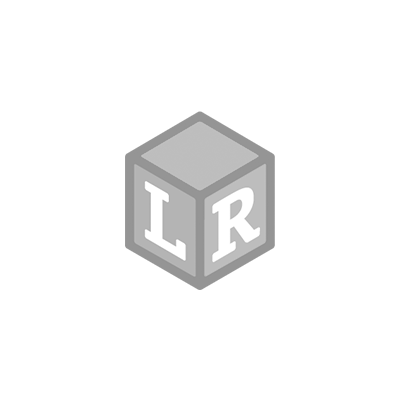
Place your flowers in their containers. Here, two were placed in each container.

Recently snipped flowers can be pretty thirsty. This is what the stem and bud of the blue flower looked like after just three hours.
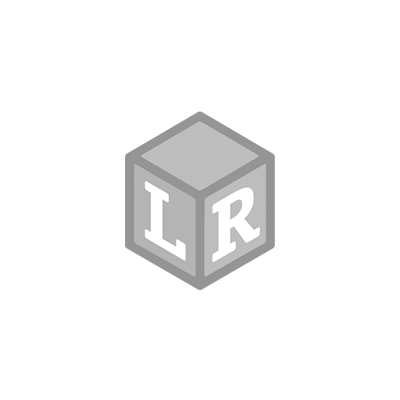

The next morning, the tips of the flower petals (and most dry part of the flower) were beginning to show color. How deep will the color be with each passing day?
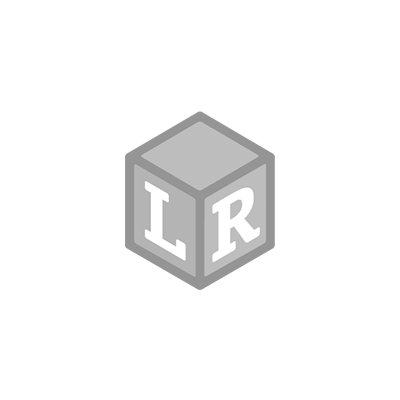
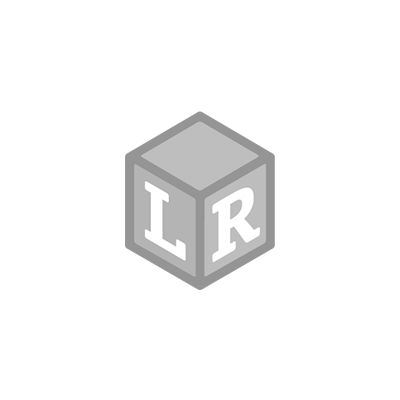
At the two-day mark, the colors were distinguishable, and the roses were thriving.
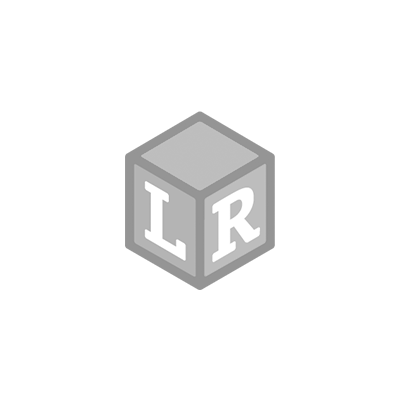
By the third day, the flowers were just beginning to wilt, but the colors were the most vibrant, but still a pastel hue.

These roses were colored by capillary action. The colored water was pulled through the stem and made its way up to the petals. Transpiration occurs when the colored water evaporates from the flower petals.
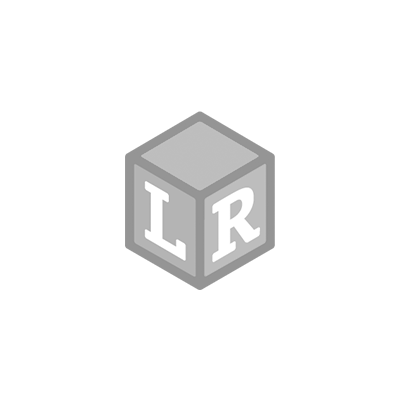
Some crystals take several days to grow, but here’s a simple overnight recipe to get some great crystals grown right in your refrigerator.
You will need:
Epsom salt is another name for magnesium sulfate.
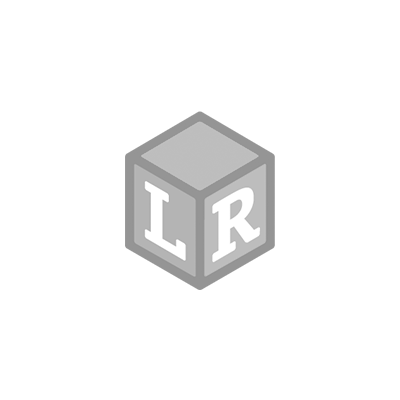
In the clear glass, fill ½ cup really hot tap water, then stir in ½ cup of the Epsom salt. Stir for at least one minute. While some salt crystals will be not dissolved at the bottom of the glass, your stirring has created a saturated solution that’s ready to make crystals.
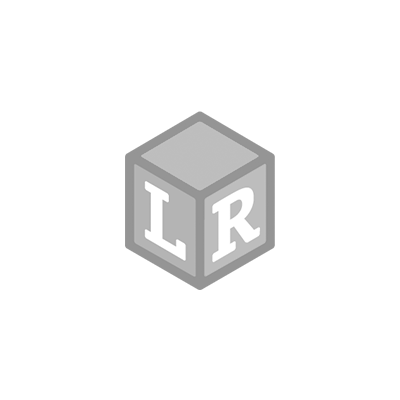
Then add food coloring of your choice. Place the glass in the refrigerator and wait until the morning!
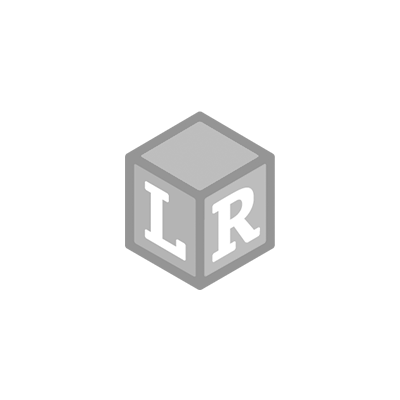
Wow! By cooling this solution rapidly, it encouraged fast crystal growth due to the dense solution. Crystals grown this way will be thin and plentiful.
Happy Overnight Science!
Each family in the United States has found themselves at home…for a while. All this time has afforded us precious hours to do things we might not otherwise do. At Learning Resources, our minds turn toward STEM, and all the long-term experiments we might have put on the back burner simply due to a of lack of time.
Below are a few overnight experiments that take a while. But hey – time is on our side!
How can you make an egg stay fully intact without its shell? The answer is (to this and many things): science!
You will need:

All you have to do is drop the eggs in, one per cup, and pour in the vinegar. The egg should be completely covered with the liquid. It’s okay if the egg floats a bit.

A chicken egg shell is made up of calcium bicarbonate. The acid makeup of the vinegar begins to react with the calcium of the egg shell. After just a short while, you will see bubbles appearing on the outside of the egg. This is carbon dioxide gas as a result from that reaction.

But now comes the hardest part: the waiting. It can take 12-24 hours before a good portion of the shell is removed. More bubbles and froth will appear.

After the day of soaking, carefully remove the egg from the vinegar. The egg was soft, but still had a white, powdery coating. You can scrape it off, but with the egg being so delicate, it might break. Be careful!

We used a flashlight to find the yolk in the dark. The egg glowed something awesome, but the yolk was hard to pinpoint.

So we poured some fresh vinegar in the cup, and soaked it for another 12 hours.
The egg came out the next morning very rubbery and fragile. We slipped the naked egg into a cup filled with corn syrup and let that soak overnight. The results were amazing! Because the corn syrup has very little water content and the egg does, the water inside the egg begins to move across the membrane (“skin” layer) and starts to equalize. What’s left is a very baggy egg.




While you are grabbing essentials at your local big box store, why not grab a bouquet of fresh flowers? Creating your own rainbow bouquet can be turned into a fragrant scientific experiment over the course of a few nights. A trick often used by florists, dyeing white roses or carnations with colored water is actually an example of capillary action, or the ability of a liquid to flow in narrow spaces against gravity.
What you will need:

Remove all the leaves from the stem of the flower. The experiment is to see how the colored water will travel to the white petals, so you don’t want water diverted to the leaves.
Once the roses are clean, have an adult snip or cut them with a knife at an angle, leaving about 6-7 inches (adults only!).

Next, stir up the liquid your flowers will be drinking for the next few days. Decide on your colors and place about 10-15 drops of food coloring in each container. Add warm tap water until the containers are about halfway full. Stir well!

Place your flowers in their containers. Here, two were placed in each container.

Recently snipped flowers can be pretty thirsty. This is what the stem and bud of the blue flower looked like after just three hours.


The next morning, the tips of the flower petals (and most dry part of the flower) were beginning to show color. How deep will the color be with each passing day?


At the two-day mark, the colors were distinguishable, and the roses were thriving.

By the third day, the flowers were just beginning to wilt, but the colors were the most vibrant, but still a pastel hue.

These roses were colored by capillary action. The colored water was pulled through the stem and made its way up to the petals. Transpiration occurs when the colored water evaporates from the flower petals.

Some crystals take several days to grow, but here’s a simple overnight recipe to get some great crystals grown right in your refrigerator.
You will need:
Epsom salt is another name for magnesium sulfate.

In the clear glass, fill ½ cup really hot tap water, then stir in ½ cup of the Epsom salt. Stir for at least one minute. While some salt crystals will be not dissolved at the bottom of the glass, your stirring has created a saturated solution that’s ready to make crystals.

Then add food coloring of your choice. Place the glass in the refrigerator and wait until the morning!

Wow! By cooling this solution rapidly, it encouraged fast crystal growth due to the dense solution. Crystals grown this way will be thin and plentiful.
Happy Overnight Science!















 READ MORE
READ MORE
 Shop UK Site
Shop UK Site